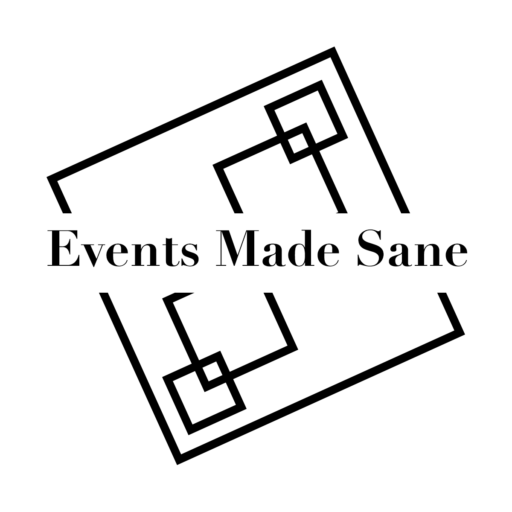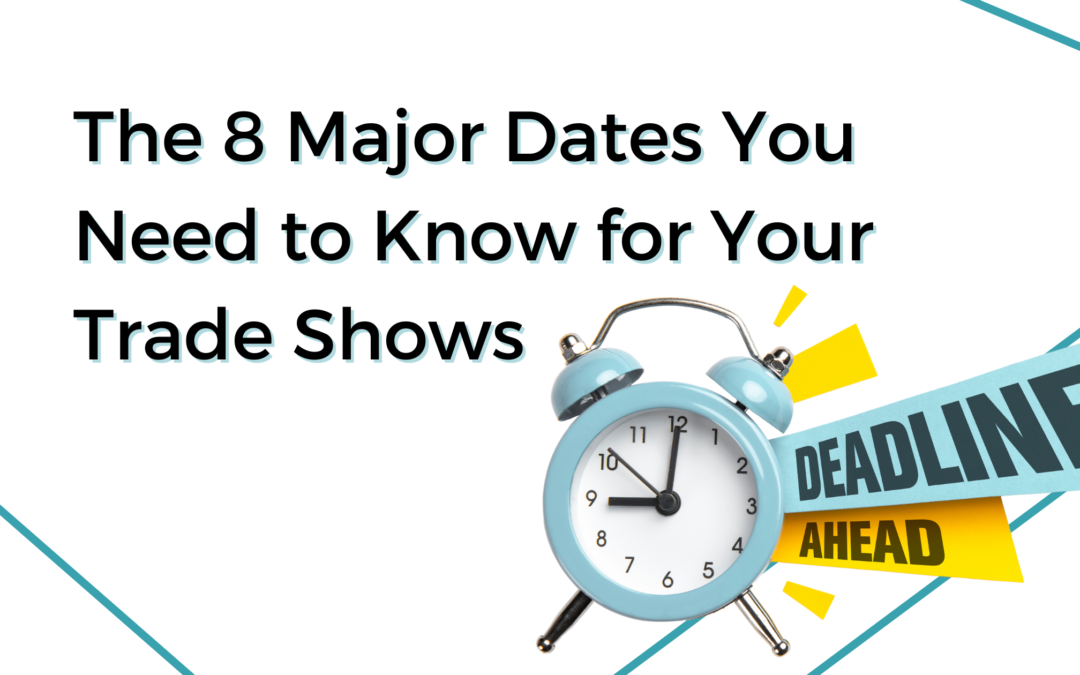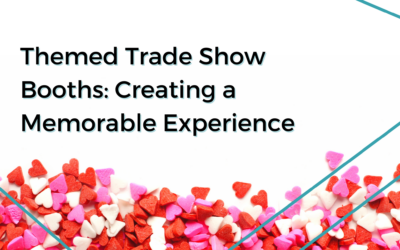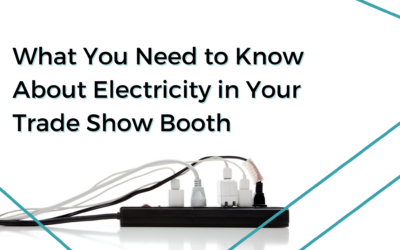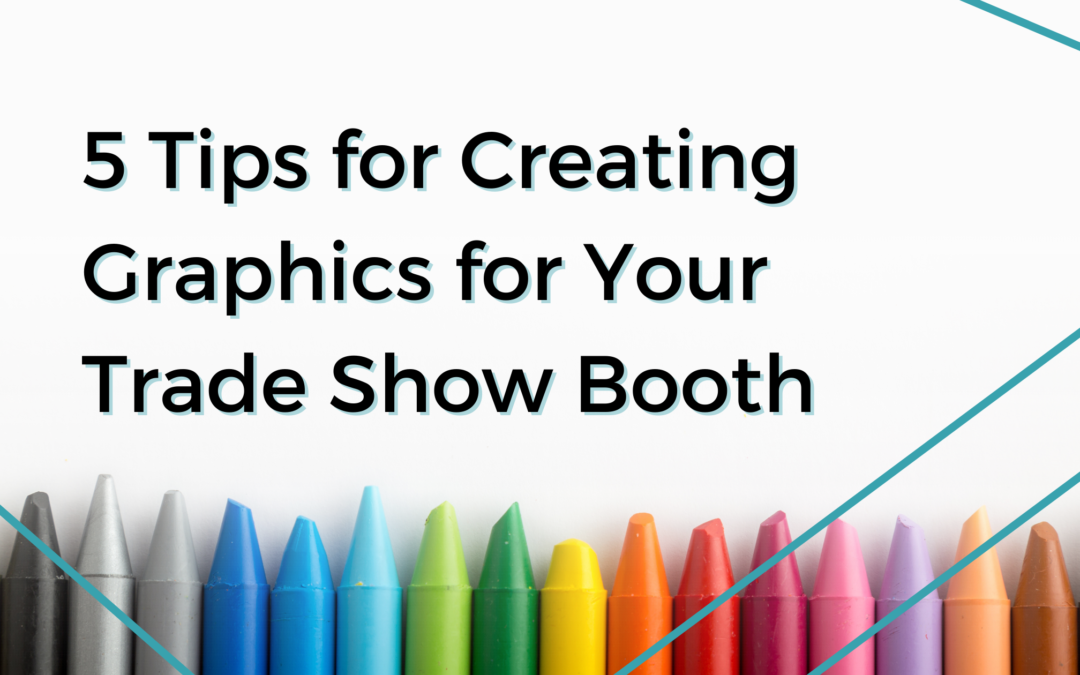Amid the sea of generic trade show booths, one strategy consistently captures attention and creates lasting impressions: the themed booth. When executed well, a themed booth transforms a simple display into an immersive experience that stays with attendees long after the event has ended. Here’s how themed booths can create a memorable experience around a central concept, and why they are worth considering for your next event.
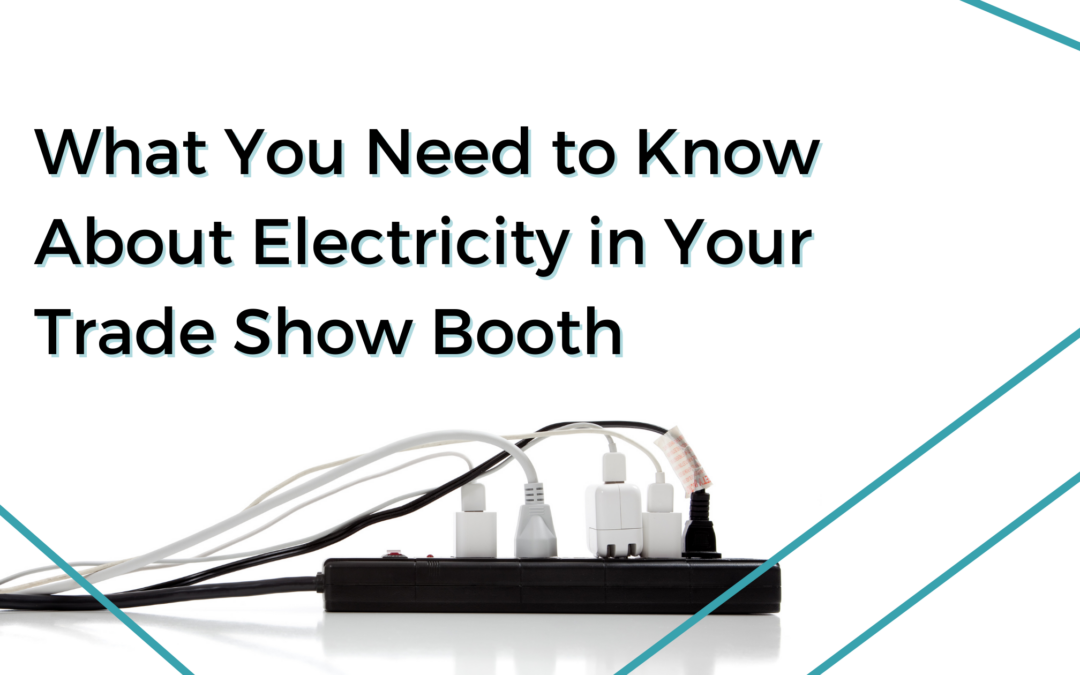
What You Need to Know About Electricity in Your Trade Show Booth
Electricity is the lifeblood of any trade show booth, powering everything from lighting and displays to interactive demonstrations and charging stations. However, managing the electrical setup for your booth requires thoughtful planning and attention to detail. A misstep can result in equipment failure, safety hazards, or unnecessary costs. This guide will help you understand the key considerations for setting up electricity in your trade show booth effectively and safely.
1. Assess Your Power Requirements
Before designing your booth, determine what electrical resources you’ll need. Consider these factors:
- Devices and Equipment: List every device you’ll be using, such as monitors, lights, sound systems, or charging docks. Make sure you add in capacity for people who need to charge their phones or computers that are suddenly being used for sales presentations
- Power Consumption: Check the wattage or amperage requirements for each device to calculate the total load.
- Special Connections: Identify if any devices need unique plugs, outlets, or voltage converters.
Having a clear understanding of your power needs will prevent overloads and ensure a smooth setup.
2. Know the Venue Regulations
Trade show venues often have strict guidelines for electrical setups. To stay compliant:
- Obtain the venue’s electrical specifications and review them thoroughly.
- Determine if the venue requires licensed electricians to handle wiring or inspections.
- Submit any required plans or requests for additional power ahead of deadlines.
Failing to follow these rules could result in delays, extra fees or even being asked to leave the show floor.
3. Use Reliable, High-Quality Equipment
Cutting corners on equipment can lead to safety risks and device malfunctions. Instead:
- Invest in surge protectors and power strips with built-in circuit breakers to protect against power surges.
- Use commercial-grade extension cords that can handle heavy loads without overheating.
- Choose LED lighting for energy efficiency and reduced heat output. (Learn more about lighting in your booth.)
4. Prioritize Electrical Safety
Safety is non-negotiable when it comes to electricity. Follow these precautions:
- Inspect all equipment for damage, such as frayed wires or loose connections, before use.
- Avoid daisy-chaining multiple power strips or overloading outlets, as this increases fire risk.
- Secure cords with tape or covers to maintain a clean and professional appearance while prioritizing safety.
5. Test Your Setup in Advance
Don’t leave things to chance on the day of the event. Test your entire electrical setup beforehand:
- Ensure all devices power on and operate correctly.
- Confirm that outlets, cords, and connections are functioning as expected.
- Walk through the booth to identify and resolve any safety or performance issues.
Electricity is a critical element of any successful trade show booth. Proper planning, adherence to venue regulations, and an emphasis on safety will ensure a professional and hassle-free experience. By understanding your power requirements, using quality equipment, and thoroughly testing your setup, you can focus on what matters most: creating a booth that captivates and engages your audience.
